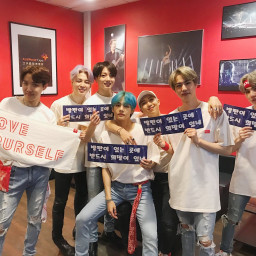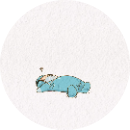Read the passage below and choose one correct answer for each question.
Silk Weaving in the ASEAN Region
For the silk textile lover, the ASEAN region contains a treasure trove of the most beautiful hand-woven fabrics found anywhere in the world. These textiles are surprising in their diversity: from the ikats of Cambodia and Thailand, to the golden songket of Indonesia and Malaysia, to the Philippine pina silk and the Vietnamese silk shantung – each country offers its own century-old weaving traditions to visitors. Weaving at the household and village level is done on large wooden frame looms, often under stilt houses. Intricate Cambodian ikats are world-renowned. It can take up to several days or more to produce one meter of an intricate ikat pattern. Ikat patterns were traditionally passed from generation to generation by memory; prior to the war, more than 200 different patterns were known to be in existence, but it is unclear how many have survived. Artisans Angkor, located in both Siem Reap and Phnom Penh, trains young Cambodians from rural areas in the art of weaving and other Cambodian crafts. In Thailand, the cultivation of silkworms and weaving can be traced back thousands of years. Weaving patterns of Thailand’s finest weaving, including mudmee, or ikat, are rich anddiverse thanks to the influence of the different ethnic groups, including Khmer and Lao peoples. Mudmee is woven throughout the northeast, with each local community having its own distinct styles and designs, incorporating everything from nagas to elephants and peacocks. While chemical dyes are widely available, some weavers continue to practice traditional dyeing methods passed down through the generations. Viet Nam has become a center for large-scale silk worm and thread production in Southeast Asia, including handloomed silk shantung and jacquards, supplying its neighbors where sericulture is limited or disappeared entirely during the war years. Vietnam has 54 different ethnic groups, each with their own distinct weaving traditions. Among the Black Thai in northwest Vietnam’s Son La province, for example, young girls are expected to learn how to raise silk worms and make natural dyes using indigo.
Question:The word “sericulture” in paragraph 4 is closest in meaning to________.
A. the wide cultural collection of ethnic silk costumes
B. a series of cultural events of ethnic groups and silk weaving
C. a center of handloomed silk shantung and jacquards
D. the rearing of silkworms for the production of raw silk.
















